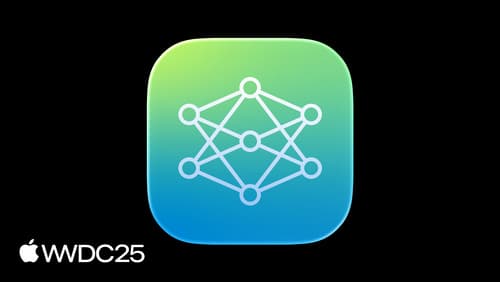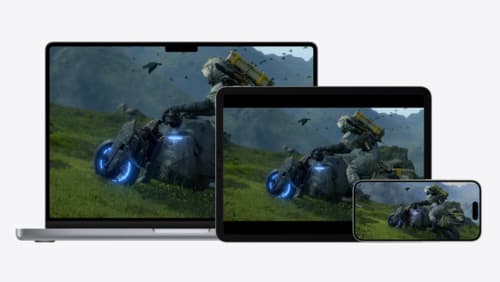Developer tools
Asked on 2025-06-16
1 search
Apple's WWDC sessions cover a wide range of developer tools and experiences. Here are some highlights from the sessions related to developer tools:
-
Foundation Models Framework: In the session "Meet the Foundation Models framework," developers can use the new Playground macro to quickly iterate on prompts without rebuilding the entire app. This session also discusses tools for profiling latency and optimizing model requests using APIs like prewarm and the Instruments App Profiling template. Meet the Foundation Models framework
-
Metal Developer Tools: The session "Combine Metal 4 machine learning and graphics" introduces tools like Metalforce, MLENCoder, and ShaderML, which are essential for ensuring correctness and optimizing performance in Metal applications. Combine Metal 4 machine learning and graphics
-
Game Porting Tools: In "Port advanced games to Apple platforms," Metal tools are highlighted for debugging and profiling games to ensure they reach their maximum potential on Apple devices. This includes runtime validation, Metal Performance HUD, and Metal Debugger in Xcode. Port advanced games to Apple platforms
-
Xcode Enhancements: The session "What’s new in Xcode" covers new features in Xcode, including debugging and performance improvements, such as better support for debugging Swift concurrency code and new insights for performance optimizations. What’s new in Xcode
-
UI Automation with Xcode: The session "Record, replay, and review: UI automation with Xcode" discusses using the Accessibility Inspector to find and fix accessibility issues, which is crucial for UI automation. Record, replay, and review: UI automation with Xcode
These sessions provide a comprehensive overview of the tools and techniques available to developers for optimizing and enhancing their applications on Apple platforms.

Meet the Foundation Models framework
Learn how to tap into the on-device large language model behind Apple Intelligence! This high-level overview covers everything from guided generation for generating Swift data structures and streaming for responsive experiences, to tool calling for integrating data sources and sessions for context management. This session has no prerequisites.

Combine Metal 4 machine learning and graphics
Learn how to seamlessly combine machine learning into your graphics applications using Metal 4. We’ll introduce the tensor resource and ML encoder for running models on the GPU timeline alongside your rendering and compute work. Discover how shader ML lets you embed neural networks directly within your shaders for advanced effects and performance gains. We’ll also show new debugging tools for Metal 4 ML workloads in action using an example app.

Port advanced games to Apple platforms
Discover how simple it can be to reach players on Apple platforms worldwide. We’ll show you how to evaluate your Windows executable on Apple silicon, start your game port with code samples, convert your shader code to Metal, and bring your game to Mac, iPhone, and iPad. Explore enhanced Metal tools that understand HLSL shaders to validate, debug, and profile your ported shaders on Metal.
